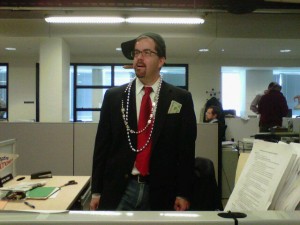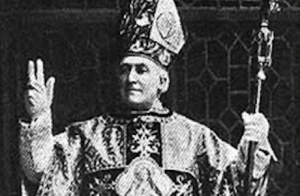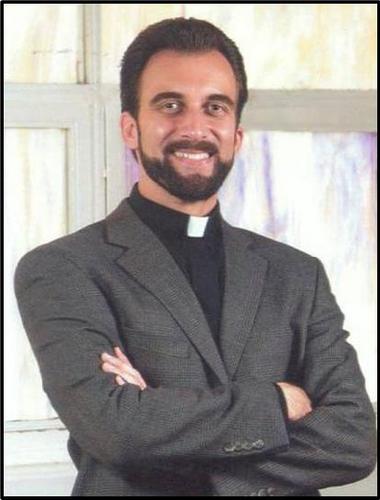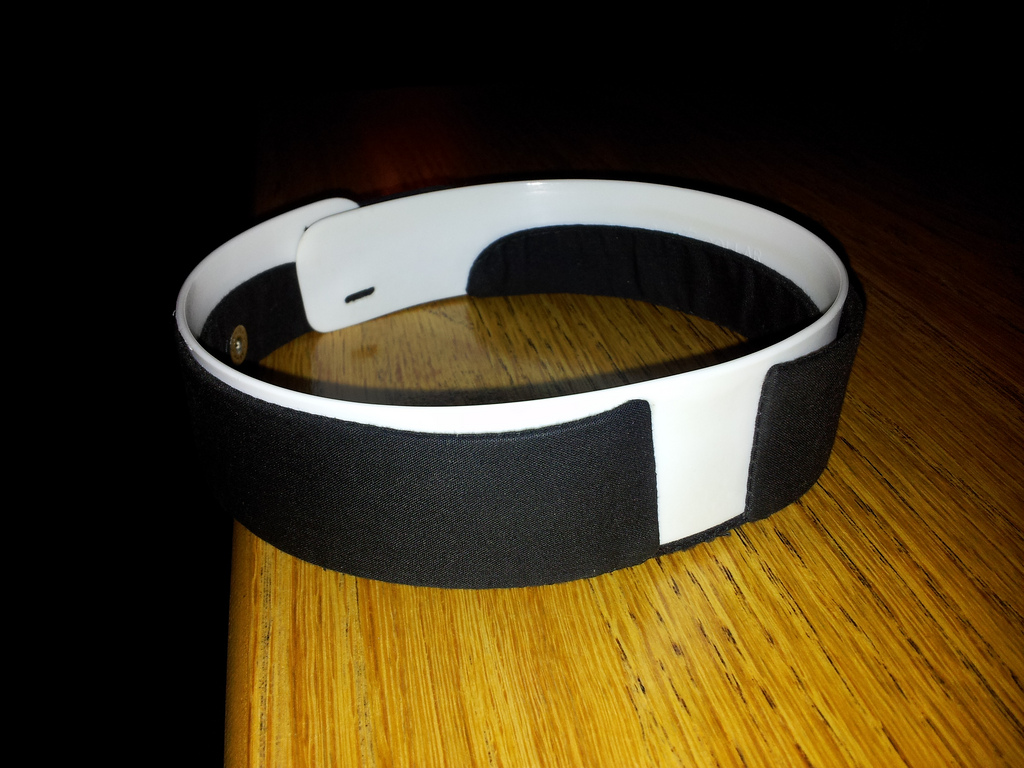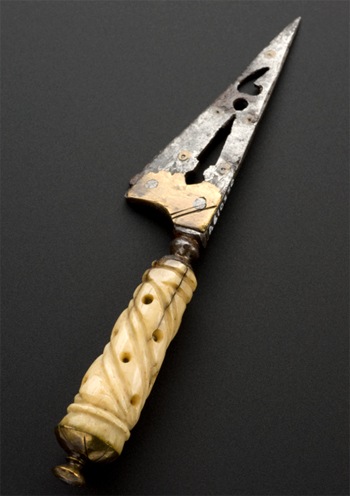The editor will be announced in an LA Daily News board meeting. The printing press, symbolizing publishing, will be made out of lollipops. The staff will agree to follow the direction of “our editor and blackjack dealer.”
But the real departure from Los Angeles Times tradition will be evident when Maria Eitz approaches the computer to write her first story.
Does any of that make sense to you? How about this lede to a story that ran in the Los Angeles Times this week?
SAN FRANCISCO — The priest will be ordained in a purple Lutheran church. The Communion bread, symbolizing the body of Christ, will be gluten-free. The congregation will pray to “our mother our father in heaven.”
But the real departure from Roman Catholic tradition will be evident when Maria Eitz approaches the altar Sunday for the laying on of hands that turns parishioner into priest.
So, according to the logic here, you can deny transubstantiation, get ordained in, literally, a Lutheran church (no, not my kind!), and get all gender-weird about God the Father and that’s totally cool and not even a “real” departure from Roman Catholic “tradition?” In what world? Why is Roman Catholic even mentioned here? Seriously?
Also, these aren’t items of tradition, but doctrine. Someone who doesn’t understand the difference between Christian doctrine and Christian tradition has no business writing a story on non-Catholics getting ordained in non-Catholic ceremonies. Period. When editors and reporters are so unfamiliar with Christian doctrine — and tradition — that they produce stories such as this, we all lose.
These stories have been so bad for so long that I’m beginning to wonder if journalists didn’t, like, sign a pact with some agent of journalism darkness to see how much idiocy could be spread under one story topic. It’s just that bad.
Take the headline:
Women becoming priests without Vatican’s blessing
Small numbers of Catholic women are ignoring the ban on female priests and are ordained without the church’s acknowledgment.
The Roman Catholic church is an organization that sets it’s own rules. This headline makes no more sense than saying:
Auto mechanics becoming professors without UCLA’s blessing
Small numbers of auto mechanics are ignoring the rules on who becomes professors and are given tenure without UCLA’s acknowledgement
or
Golfers becoming infielders without Yankees blessing
Small numbers of golfers are ignoring MLB rules and are being named infielders without the Yankees’ acknowledgment
I’m sure you could do better than me at this game.
The story is riddled with errors and weirdness.

